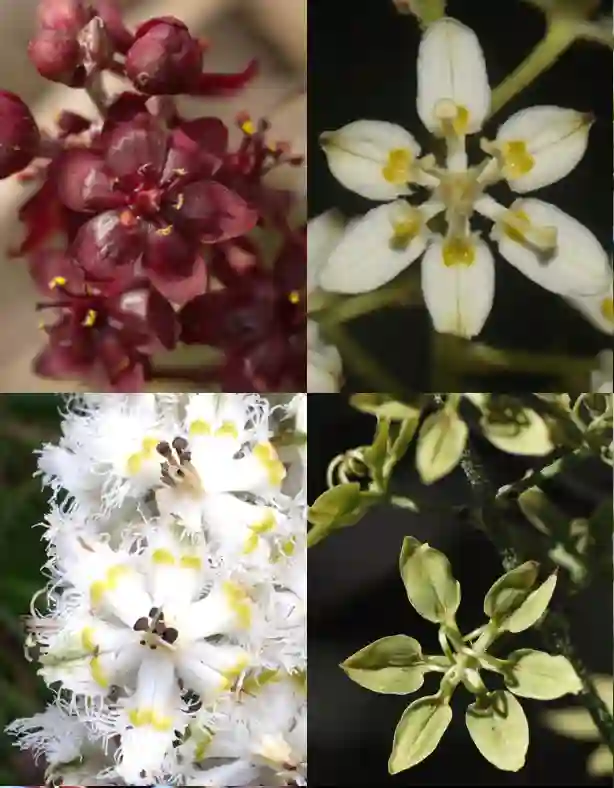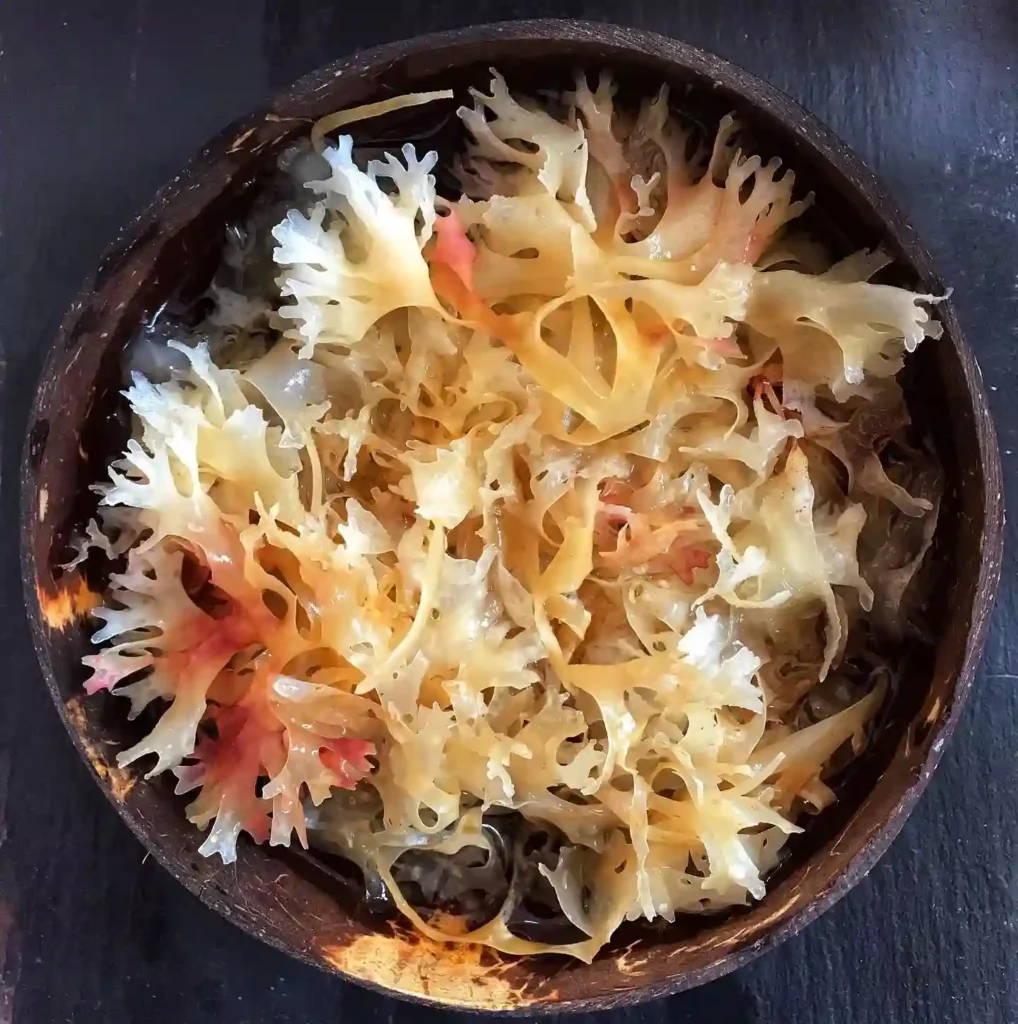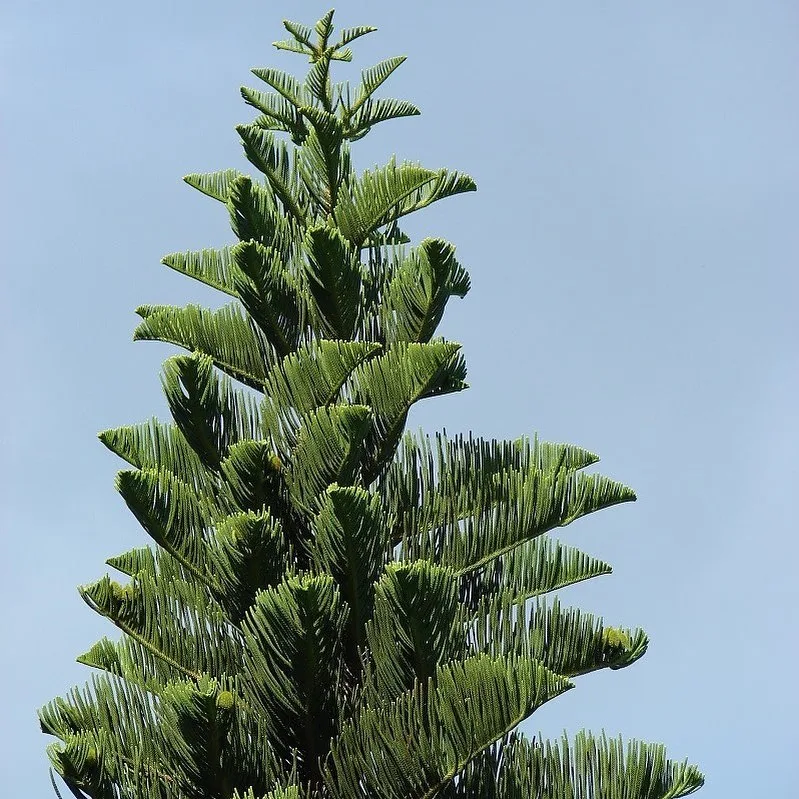Frequently Asked Questions about Ammophila Breviligulata
As someone who’s deeply into plants and their many uses, I find Ammophila Breviligulata to be a fascinating species, especially for its role in stabilizing sandy environments. Commonly known as American Beachgrass, it plays a critical role in erosion control. Over time, I’ve learned a lot about how this plant works and how to care for it. Let me share some of the most common questions I’ve encountered about Ammophila Breviligulata.
What is Ammophila Breviligulata?
Ammophila Breviligulata, or American Beachgrass, a synonym of Calamagrostis Breviligulata, is a robust and hardy grass species native to the coastal regions of North America. It’s well-adapted to growing in sandy soils, making it ideal for stabilizing dunes and preventing coastal erosion. This plant thrives in tough environments where other species might struggle to survive, and its ability to spread via rhizomes makes it a champion at holding loose sand together.
213 Species in Genus Calamagrostis
What compares to Ammophila Breviligulata for erosion control in sand?
When I look at alternatives for erosion control in sandy soils, a few species come to mind. Uniola Paniculata (Sea Oats) is often compared to Ammophila Breviligulata. While Sea Oats also provide excellent sand stabilization, it tends to grow in warmer climates. Another option is Spartina Patens, which thrives in slightly wetter environments than Ammophila. Still, for pure sand stabilization, American Beachgrass remains one of the top contenders due to its rapid growth and aggressive root system.
How to care for Ammophila Breviligulata?
Caring for Ammophila Breviligulata is pretty straightforward, especially if you’re dealing with sandy or well-draining soils. This grass thrives in full sunlight and needs very little water once it’s established. In fact, too much water can be detrimental since it’s used to coastal environments where rainfall can be sporadic. It’s also important to avoid fertilizing too much—this plant is highly self-sufficient and thrives on minimal nutrients.
How to propagate Ammophila Breviligulata?
Propagating Ammophila Breviligulata is as easy as dividing the root system. The grass spreads naturally via rhizomes, so you can dig up a portion of the plant, ensuring that you’ve got some roots attached, and transplant it to another sandy area. This method works best during the spring when the plant is actively growing. One thing I’ve noticed is that it’s incredibly resilient during the propagation process, as long as it’s replanted quickly into a sandy, well-draining medium.
Can you grow Ammophila Breviligulata indoors?
Growing Ammophila Breviligulata indoors is not something I’d recommend. This grass is adapted to coastal environments with lots of sun and open space, so it’s not really suited for indoor life. It needs well-draining, sandy soils and plenty of exposure to the elements. If you’re looking for a grass species that thrives indoors, you might want to consider something like a decorative Fescue or Pennisetum that can adapt better to container life.
Is Ammophila Breviligulata toxic?
As far as toxicity goes, Ammophila Breviligulata is non-toxic to humans and animals. I’ve never had any issues with it around pets or people, and from what I’ve read, there are no reports indicating that it poses any danger if ingested or touched. This makes it a safe option for coastal landscaping projects where wildlife interaction is common.
What are the benefits of Ammophila Breviligulata?
The benefits of Ammophila Breviligulata are numerous, especially if you’re dealing with erosion control. Its deep and extensive root system helps anchor sand dunes in place, preventing them from being eroded by wind and water. Additionally, it can tolerate salt spray, high winds, and minimal water. Its rapid growth makes it one of the most effective plants for re-establishing damaged dunes. I’ve also noticed that it creates habitats for various coastal wildlife, adding to its environmental value.
What are common problems with Ammophila Breviligulata?
Ammophila Breviligulata is pretty hardy, but one of the issues I’ve seen with it is overwatering. Since it’s adapted to dry, sandy conditions, too much water can lead to root rot or fungal diseases. Another issue could be overgrowth; its aggressive spreading nature can sometimes become problematic if you’re trying to maintain a particular area or if it encroaches on neighboring plant species. Keeping an eye on its growth and trimming back when necessary will help manage this.
What to plant with Ammophila Breviligulata?
When it comes to companion planting, I like pairing Ammophila Breviligulata with other coastal species like Uniola Paniculata or Spartina Alterniflora. These plants also thrive in sandy, well-draining soils and can further enhance dune stabilization. Panicum Virgatum (Switchgrass) is another good option, especially if you’re looking to create a more diverse ecosystem. These plants complement each other well and provide even greater protection against erosion.
How does Ammophila Breviligulata compare with similar plants?
Ammophila Breviligulata often gets confused with Ammophila Arenaria, also known as European Beachgrass. Both are used for dune stabilization, but Ammophila Arenaria tends to be more invasive and is often discouraged in some areas due to its ability to outcompete native species. In contrast, Ammophila Breviligulata is more regionally appropriate for North American coasts, where it’s part of the natural ecosystem. For erosion control in sandy environments, Ammophila Breviligulata is often the better choice, particularly in its native regions.
Conclusion
Ammophila Breviligulata is an essential plant for anyone dealing with sandy soils or coastal erosion. It’s resilient, low-maintenance, and plays a vital role in dune stabilization. I’ve found it to be a go-to plant for areas where other species might fail to thrive. Whether you’re looking for a solution to prevent erosion or enhance your coastal landscape, American Beachgrass is one of the best options out there.
If i die, water my plants!



